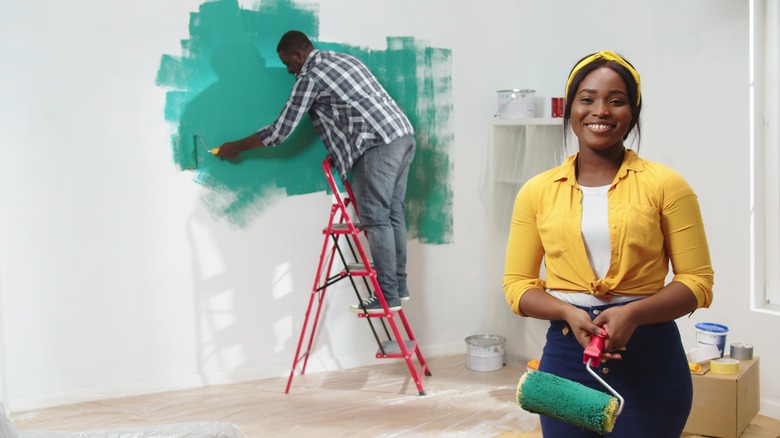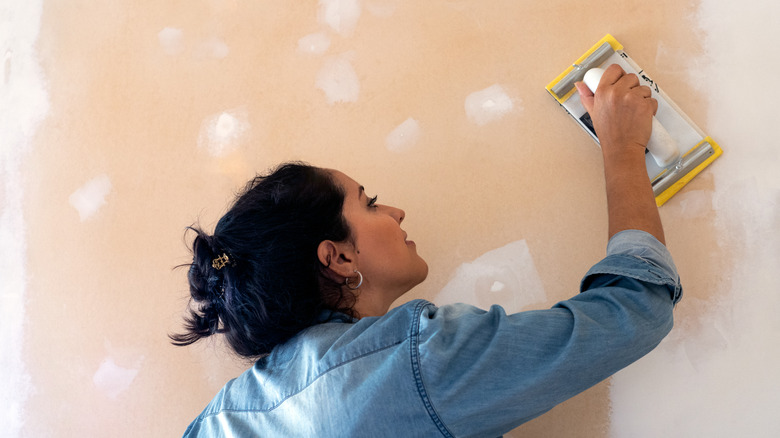Are You Forgetting A Handy Step When Painting Your Walls?
When painting your walls, it's easy to be eager and forget the crucial steps before laying down that fresh coat of color. However, if you're striving for professional-level results and longevity in your paintwork, one preparatory step that should never be forgotten is sanding. Sanding is more than just an added chore — it fundamentally improves the quality and durability of your painted surfaces. Sanding a surface before painting provides numerous benefits that might not be immediately apparent, however, a slightly roughened surface from sanding offers the perfect grip for paint, preventing it from easily chipping, peeling, or bubbling.
Nobody likes a bumpy or uneven paint job, and sanding also smoothens out ridges, imperfections, or bumps, ensuring your paint glides on smoothly, leaving a refined and seamless appearance. If you are redoing a previously painted surface, sanding is essential for removing old, flaky paint or persistent stains. It can transform an old, tired-looking piece into a newly refreshed wall. An appropriately prepared surface results in a more aesthetic finish and provides consistent protection to the surface beneath.
Choosing the right sandpaper
Sanding is crucial to achieving a professional finish, and it's all about choosing the right grit. Grit is what makes the sandpaper rough. While you can choose from coarse to ultra-fine sandpaper, each has its ideal use, especially regarding wall preparations. If your walls were painted with water-based paint, you will want to use fine-grit sandpaper of around 150 to 180 grit. This is also perfect for the final smoothing touches before introducing primer. However, if the wall had been previously painted with oil-based paint, you'll want to use a medium grit of 80 to 120, which strikes a balance between removing imperfections and prepping the surface.
By understanding the importance of sanding and applying it diligently, you can elevate your wall paint. Whether a DIY enthusiast or a professional painter, remember that a little grit goes a long way. Keep in mind, sanding generates a lot of dust build-up, which can be harmful if inhaled. Always ensure you wear the proper safety gear, especially a mask. Once done, thoroughly clean the surface to ensure it's free from all sanding residues before you begin painting.

